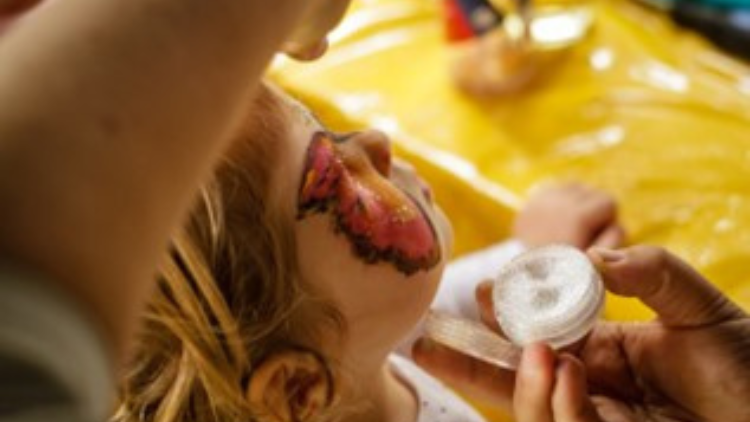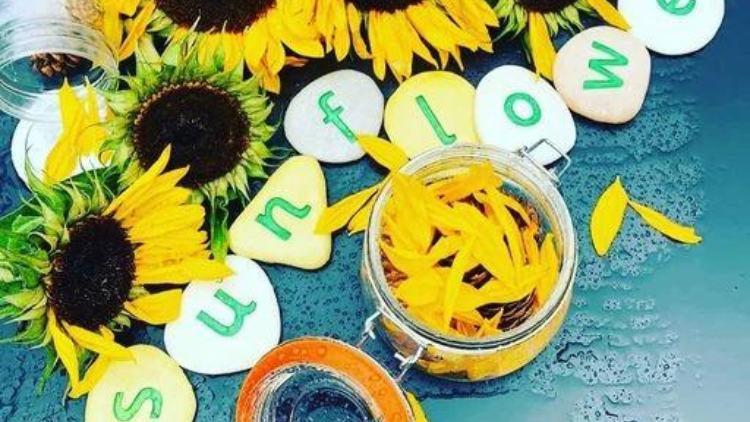Supporting children’s learning in the early years is fundamental in helping them to develop the foundation skills they need. For those delivering home-based childcare, providing opportunities for children to develop these skills is an important part of the role.
The Early Years Stronger Practice Hubs (SPH) provide advice, shares good practice, and offer evidence-based professional development for early years practitioners in England. You can find out more about what they do in the PACEY Spotlight on Stronger Practice Hubs, as well as reading our blog on Sharing evidence informed practice to find out how the SPH’s can further support children’s learning and development.
How can I support children’s learning?
The Early Years Foundation Stage (EYFS) outlines three prime areas of learning and development:
A good place to start is by focusing on what you can do to support the children in each of these areas and we have supported this by linking to resources on the Stronger Practice Hub website.
Communication and language
Spending time with the children talking and listening, is key to developing their communication and language skills. The Early Years Evidence Store has a variety of evidence-based approaches and practices to support communication and language development in the early years.
Practitioners should practice communicating with the children through active listening and clear language, giving them time to process what is being said. Providing resources that spark conversation is also key. Try introducing treasure baskets, light tables, and sensory objects for the children to explore. Encourage them to describe how these objects feel, look, and smell, and to express the emotions they incite by teaching and modelling language and vocabulary as shown within the Evidence Store. This can have a positive effect on their oral language skills.
Repetitively naming and labelling objects can support extending vocabulary, along with regular story time and allowing children free access to books, magazines, catalogues and leaflets. Ensure that reading is interactive and goes beyond the text through questioning and recalling events. Talk collaboratively with the children to support their communication by posing problems for discussion, explaining and expanding on what you have discussed, or making links to other activities and experiences.
There are some great videos demonstrating good practice, as well as a summary of evidence, in the Early Years Evidence Store: Communication and Language.
You will also find resources to help you support children’s communication and language development on the Stronger Practice Hub website:
Physical development
Mastering their fine and gross motor skills is key to each child’s physical development and takes practice, so it is important that you provide opportunities for this practice to happen. Development of fine motor skills usually follows a sequence and involves the development and control of the smallest muscles of the hands, fingers and feet. Development moves from the inside out, with functions close to the body developing into functions further away from the body, such as using the arm to reach out for an object before they are able to use the fingers to pick the object up. Allowing young children and babies the opportunity to manipulate objects, will strengthen their muscles and allow them to practice control and precision. Playdough will give children the opportunity to develop muscle strength by squashing and squeezing the dough, puzzles require finger control and hand-eye coordination, mark making vertically will help to build strength in wrists and shoulders, all of which supports children in preparation for writing later on. Resources don’t have to be expensive, try painting with water, making your own dough, and shopping in charity shops for objects that require manipulation.
Gross motor skill development involves the development and control of the entire body and larger muscles. Development moves from the head down. Babies and children need opportunities to develop and strengthen muscles and running, jumping, skipping and climbing allow children to do this, learn how to balance risk, and build confidence in their own ability. Ensure your setting allows children free access to outdoor areas where possible and provide resources that support the development of these skills such as objects to climb, balancing beams, and music to dance to. Again, these can be sought and created on a budget. Find out what is in your local area too, free nature reserves, forests, parks, and the beach, all provide invitations to explore, climb, and run.
The Stronger Practice Hubs website has a variety of resources that can help you to support children’s physical development in home-based childcare, here are a few for you to explore:
Personal, social and emotional
Learning to self-regulate, managing their self, and building relationships are the three aspects of personal, social and emotional development. This starts with a secure attachment to an effective key person who understands the child’s individual needs. Working in partnership with the families, the key person can meet the child’s needs meaning the child feels safe and secure in the setting.
Practitioners should aim to teach an awareness of emotions and support children to recognise what they are feeling and how this connects to their physical response in a situation. Through the use of stories, mirrors, or role play, teach children key vocabulary by naming feelings, expressions, and physical responses. Explain emotions in a positive way and take the opportunity to discuss feelings as they arise. Support children to self-regulate in the moment. You can watch evidence based practice in action in the Early Years Evidence Store: Personal Social and Emotional Development
Giving children the opportunity to make choices, plan activities, and have a say in what they do each day, will develop their sense of self-worth, and build their confidence. Connecting with the child and learning about their family and culture will also support their self-esteem; display pictures of key family members, ensure resources are reflective and inclusive, and provide opportunities for children to share aspects of their culture or family traditions with others by celebrating key events or cooking and sharing new foods.
You can read more about how to support Personal, Social and Emotional Development (PSED) in these resources and others found on the SPH website:
- Case study: Teaching and Modelling Social Communication
- Blog: Developing a sensory toolkit. Helping young children to regulate their behaviour
- Explainer: your 2-minute guide to Emotional self-regulation
- Mini Case Study: teaching awareness of emotions and feelings
Next steps
Using practices that are evidence informed gives you the best chance of success when looking to develop key areas of your service. It’s important to firstly reflect on your current practice. Think about what you already do well, and what areas you feel could be developed, for example the environment, the resources, or your role in the children’s learning journey. You can then plan to make small changes by implementing evidence informed practice and observing the results.
Signposts
Access the resources below and contact your regional SPH for support with this.



